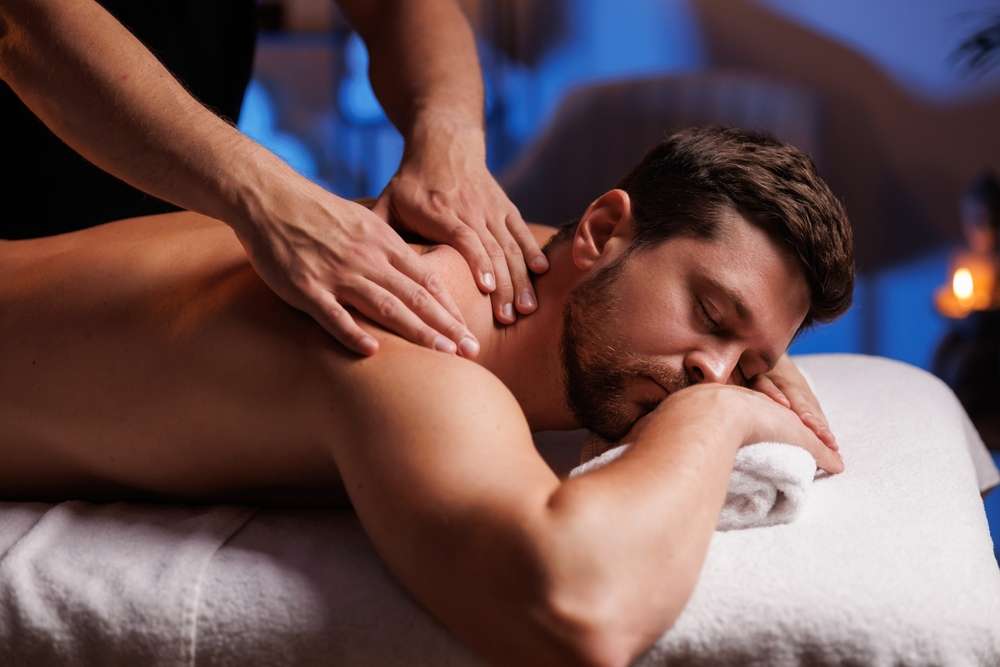Quick Soak Options for Travel and Busy Schedules
Short foot soaks can be a practical way to refresh tired feet when travel or a busy day limits time. This article outlines simple, portable soak options, practical tips for timing and ingredients, and considerations for common health situations so anyone can find a safe, brief routine that fits an evening or travel plan.

A brief, targeted foot soak can reduce surface grime, soothe tired muscles, and support a nightly routine when time is limited. For travelers and people with packed schedules, the goal is a safe, compact approach: short soak durations, portable tools or single-use options, and attention to temperature and hygiene. Even a five- to fifteen-minute soak with warm water and a mild additive can be restorative when combined with quiet time, a towel, and simple drying in sunlight or a warm room.
This article is for informational purposes only and should not be considered medical advice. Please consult a qualified healthcare professional for personalized guidance and treatment.
Quick soaks for aging feet and general health
As people experience aging, foot skin can become dryer and circulation may feel reduced; quick soaks can temporarily soften skin and make gentle exfoliation easier. Use lukewarm water to avoid thermal stress, and add Epsom salt or a fragrance-free soak product if tolerated. For any persistent redness, pain, or open wounds, avoid soaking and see a medical provider. A brief soak before bed can be part of an overall health routine without disrupting sleep or medication schedules.
Evening routines: bloating, bed, and fried foods
Evening choices like heavy, fried foods or artificial sweeteners can affect digestion and subjective comfort at night, but a short foot soak is unlikely to influence bloating. Instead, use a soak as a signaling ritual that helps you transition toward bed: dim lights, quiet sound or low-volume music, and a five- to ten-minute soak can cue relaxation. Keep water temperature comfortable and sit on a stable surface so getting in and out of bed afterward is safe for any person with mobility limits.
Considerations for dental crown or tooth replacement
Recent dental crown placement or tooth replacement procedures generally don’t relate directly to foot soaks, but anyone recovering from dental surgery should be mindful of infection risks and overall healing. If a procedure required sedation or altered medication, timing a soak when fully alert and cleared by a clinician is prudent. If a soak involves very hot water and you are sensitive to temperature after dental work, select lukewarm water to avoid unnecessary discomfort in the evening routine.
Sound, audiologist tips, and hearing-friendly soaks
Adding low-volume ambient sound can enhance relaxation during a soak, but people with hearing loss or those working with an audiologist should choose audio levels and frequencies that are comfortable. For individuals using hearing devices, keep batteries and electronics away from water and consider using waterproof cases or placing sound sources at a safe distance. Sound can be a helpful part of a short self-care session without making the routine more complex for travelers.
Medical concerns: hair loss, surgical tools, medicine
Foot soaks are not a treatment for unrelated medical issues such as hair loss or systemic conditions. Avoid using unsterilized instruments or surgical tools at home for callus removal; instead, use gentle pumice stones or seek medical-grade care if a clinician recommends it. If you take prescription medicine that affects skin integrity or circulation, check with a healthcare professional before adding salts, oils, or strong antiseptics to a soak.
Pricing and compact products for travel and busy schedules
Real-world pricing and product choices vary depending on whether you want a simple soak additive or a portable device. Consider your budget, how often you’ll use a product while traveling, and any concerns about healthcare costs if you require professional foot care. Below is a comparative look at commonly available travel-friendly soaks and compact foot bath devices.
| Product/Service Name | Provider | Key Features | Cost Estimation |
|---|---|---|---|
| Portable Foot Spa (basic model) | Conair | Compact basin with mild vibration and heat | $40–$60 |
| Foot Bath Massager | Ivation | Lightweight, bubble/massage features, foldable | $30–$50 |
| Epsom Salt Soak (1–2 lb) | Dr Teal’s | Epsom salt for brief soaks, fragrance options | $5–$12 |
| Compact Foot Spa | Pure Enrichment | Anti-slip, easy-clean liner, travel-friendly | $35–$55 |
Prices, rates, or cost estimates mentioned in this article are based on the latest available information but may change over time. Independent research is advised before making financial decisions.
Conclusion
Short, deliberate foot soaks offer a low-effort way to relax and tend to foot hygiene when travel or a busy schedule limits time. Choosing lukewarm water, portable equipment, and simple additives keeps the routine practical. Always prioritize hygiene, avoid sharp or unsterilized tools at home, and consult a healthcare professional when medical conditions, recent procedures, or medications could affect safety or outcomes.





